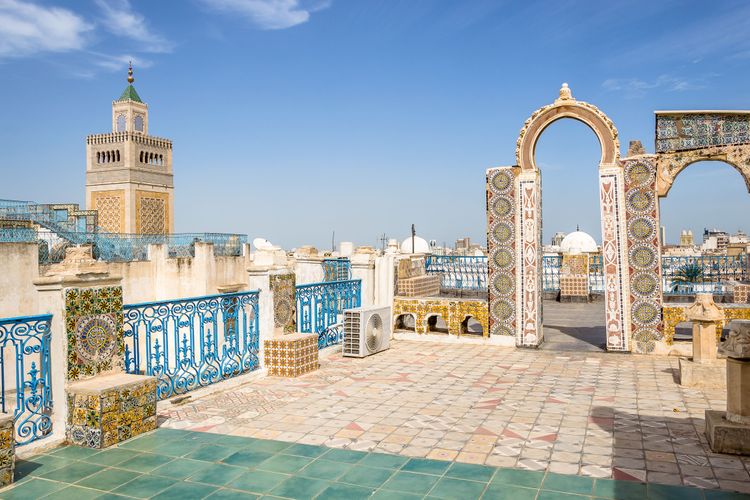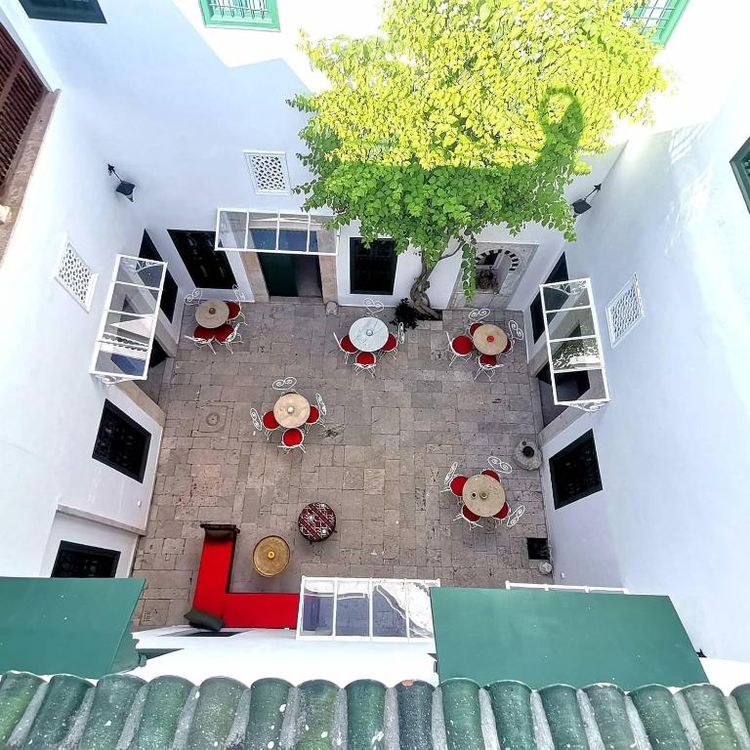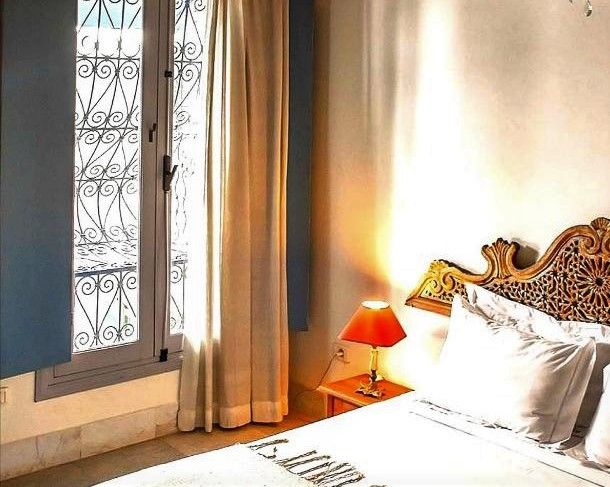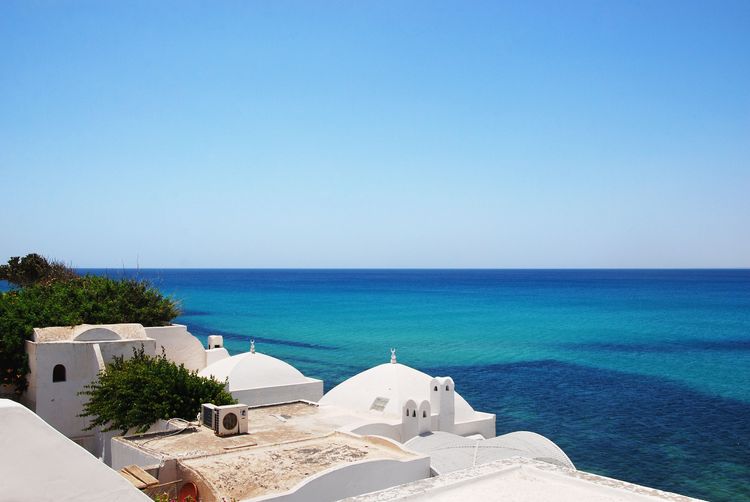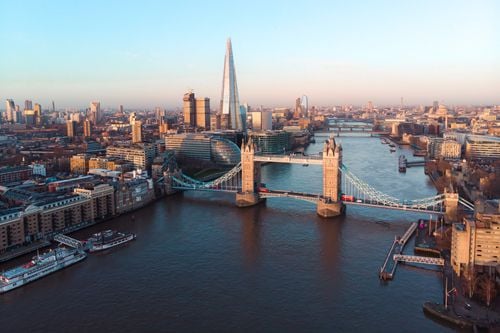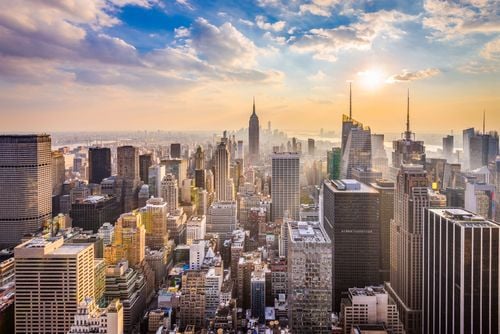A modest town in the shadow of Carthage, Kairouan and then Mahdia, Tunis was finally designated the capital of Tunisia in 1159. It subsequently gave its name to the entire country. The city is built on several hills that slope gently down to Lake Tunis. In 1270, Louis IX (Saint-Louis) died on the ramparts of Tunis during the Eighth Crusade.
Until the 16th century, the city was regularly pillaged, successively taken by the Ottomans (notably the pirate Barbarossa) and the Spanish (notably Charles V). In 1574, the Ottomans finally took the city. The French protectorate was established in 1881 until independence in 1956. The capital hosted the headquarters of the Arab League from 1979 to 1990, before relinquishing it to Cairo in Egypt. At the same time, Yasser Arafat went into exile there, setting up the headquarters of the PLO from 1982 to 1994 and his return to Palestinian territory.

